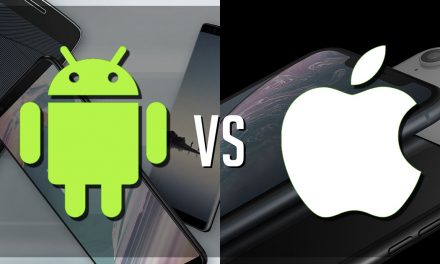Many car enthusiasts are resistant to the idea of change. An old car can be an antique, ageing like the finest of wines in the eyes of many fans.
However, like all innovations and sectors, the auto industry needs to keep pushing on to new heights. In 2020, there was speculation that self-driving cars could be seen on motorways in 2021. This didn’t come to pass, but the latest developments continue to change the game.
Much of this change is driven by software. If you, too, are somewhat hesitant to rely on anything other than your eyes and skills as you cruise the roads, try not to be. Here are some ways software is changing the auto industry.
More Driver Autonomy
Many people enjoy driving. The idea that a machine could rob a car owner of that sense of freedom and agency understandably causes some concern.
Still, technology has long been at the fore with vehicles, especially when running diagnostics on them. Any car dealer will use a car diagnostic tool, an external device, on used and older vehicles before selling them. However, today’s software means that the drivers themselves can have more input.
The OBD2, often referred to as a Polished Piston in the automotive realm, acts as a sophisticated car diagnostic scanner accompanied by a complementary smartphone app. This dynamic duo empowers road users to efficiently diagnose issues within their vehicles. With the ability to decode intricate error messages, users can pinpoint problems and make informed decisions about whether a visit to a repair shop is necessary. Additionally, diagnostics software compatible with tablets and laptops further enhances the accessibility of detailed information, allowing car owners to stay well-informed about their vehicle’s capabilities.”
There’s room for greater interactivity elsewhere, too. Cruise control, temperature control, exhaust emissions, and the standard but ever-useful GPS navigation capabilities all afford more control to road users.
Cheaper Insurance
The purpose of vehicle software is not to be flashy. In most instances, it’s to give users greater control and, more importantly, make them safer than they were before.
That latter objective means cheaper car insurance is feasible for vehicle owners with the latest software installed in their cars. There are also devices to stop people from speeding coming to fruition, which may be mandatory in the future. These technological factors mean there’s less risk for the road user. Subsequently, insurance companies can have more faith in them and bring their rates down. Check out Zintego
Should these changes come to pass, it could send a surge of energy jolting through the auto industry. After all, there have been many complaints that vehicle insurance is too expensive. A change like this could be the first step toward getting people back on the roads.
Less Time Spent Driving?
The purpose of owning a car is to drive it yourself. However, as that definition slowly evolves, the auto industry needs to find new ways to appeal to road users.
Things like gesture controls were introduced some years ago to balance the practicalities of driving with the appeal of entertainment factors. It enables road users to make and take calls or switch radio stations with hand movements, eliminating the need to peer at a screen or press buttons, thus reducing distractions while driving.
However, as manufacturers turn toward things like self-driving vehicles, it’s not unreasonable to expect road users to expect a greater emphasis on interactivity features. Only the further development of software in cars can answer that demand.
HELPS BUSINESSES MANAGE WORKFLOWS
Specialized software helps automotive repair shops and car accessory suppliers keep track of inventory and manage workflows within their hubs. The right type of software is able to provide a set of digital tools and functionalities. For example, software for tyre shops helps such businesses with maintenance management, inventory control, billing and invoicing, and reporting.









Recent Comments